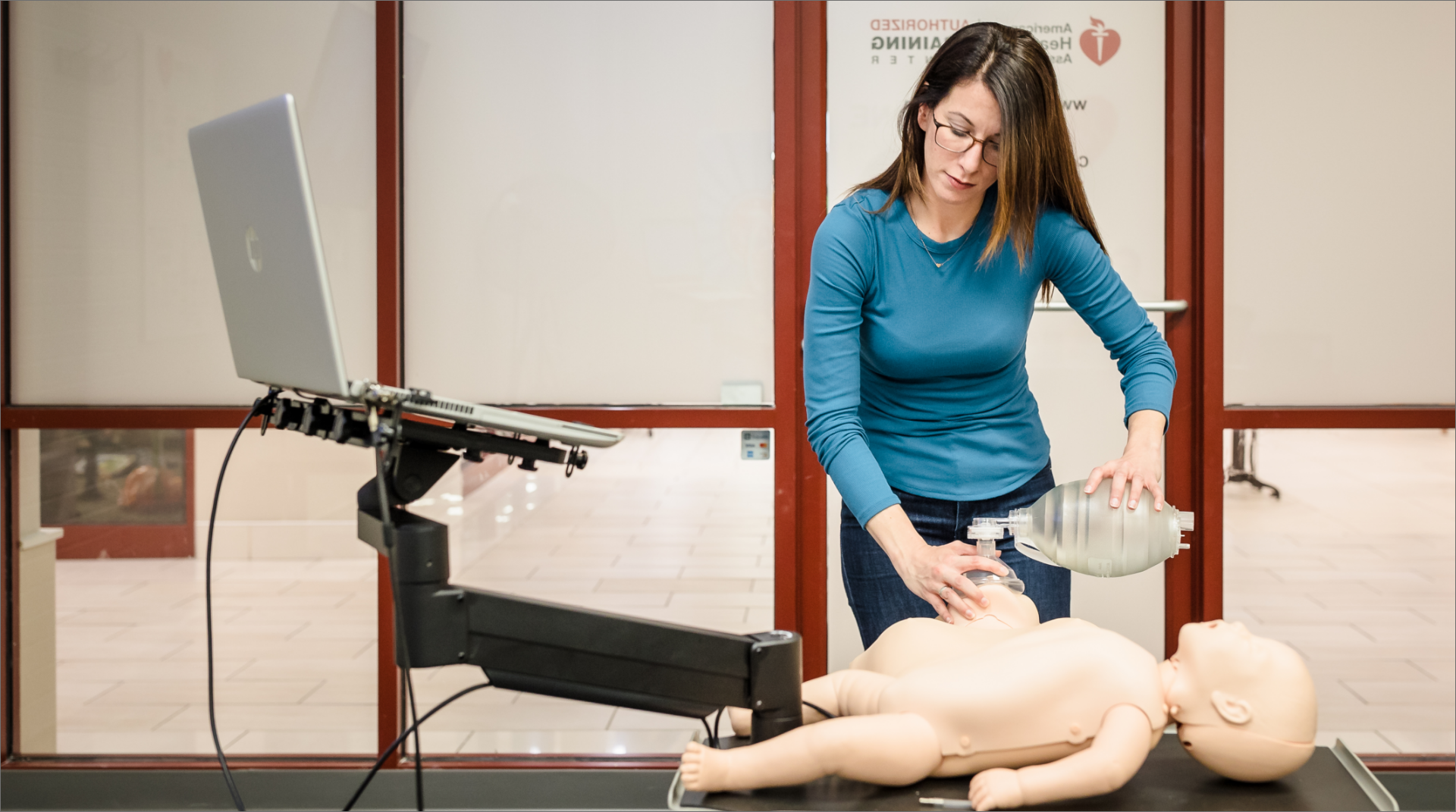

CPR Resource Center
The most comprehensive library of emergency training resources — including videos, articles, downloads, and more.


The most comprehensive library of emergency training resources — including videos, articles, downloads, and more.
Automated External Defibrillators (AEDs) are incredibly valuable, sophisticated devices that can provide a patient in Cardiac Arrest with the best chance of survival. While providing early chest compressions and breaths (CPR) in a resuscitation attempt are critical, the most effective way to convert a patient’s cardiac arrest rhythm back to normal in an out-of-hospital setting is with an electric shock from an AED.
AEDs are reliable and durable devices. As with any other piece of equipment, routine operational checks and service are necessary to ensure that the device is in working order and ready to be implemented immediately in an emergency.
A common question is: “What do I do after I use an AED in a resuscitation attempt?” This article will provide best practices and recommendations for maintaining your AED both before and after a resuscitation attempt.
While there are several different AED manufacturers and models, all devices operate in relatively the same manner. It is important to be familiar with your AED device and follow any manufacturer specific recommendations for servicing and testing your AED.
As a general recommendation, routine service checks and tests should be performed on your AED every 30 days. If any errors or malfunctions are identified during the test, contact the AED manufacturer or your service technician immediately to correct any errors.
A more thorough inspection of the AED should be performed at least once a year by a qualified AED service technician. During this inspection the technician will inspect the AED device, cables, and battery level of the AED. They will make any required adjustments and if necessary, replace any expired equipment.
After using an AED during an emergency there are a few general steps that should be taken before placing the device back in service:
It is important to check the condition of the AED device, connecting cables, and battery level after using an AED in an emergency. Ultimately, The AED is an electronic device, it delivers a high voltage shock to a victim’s heart during a cardiac arrest. Be sure to check the battery level and re-charge or replace if necessary.
Be sure to check the condition of the connecting cables that connect the electrode pads directly to the AED unit for any signs of damage or fraying. Replace any damaged cables immediately.
Use this time to assess the condition of the AED unit, looking for any signs of damage to the device itself.
Be sure to replace any items used during the resuscitation attempt, Such as AED electrode pads, gloves, and barrier devices.
AED electrode pads are single use, it is important to replace any electrode pads used, whether adult or pediatric after the resuscitation attempt.
If your AED has a kit with items such as barrier devices, scissors, or a razor make sure that these items are returned to the kit or replenished as necessary.
Most importantly, Consult the AED’s operational manual that is included with your device. This manual will provide you with specific recommendations for maintenance and testing requirements that may be exclusive to your specific model.
If you are a member of an emergency response team in your community, or workplace it is a good practice to hold a debriefing session after responding to a cardiac arrest emergency. Discuss with your team members what went well, and what can be improved during the next resuscitation attempt. Facilitate routine practice sessions to ensure that each rescuer knows where the AED unit is located and how to safely operate it during an emergency.
Having an AED on premises comes with the responsibility of ensuring that the device is in proper operational condition and ready to be deployed immediately during an emergency. By following manufacturer guidelines and tips included in this article you can ensure that your AED will be ready to save a life.
Help Me Find a Course